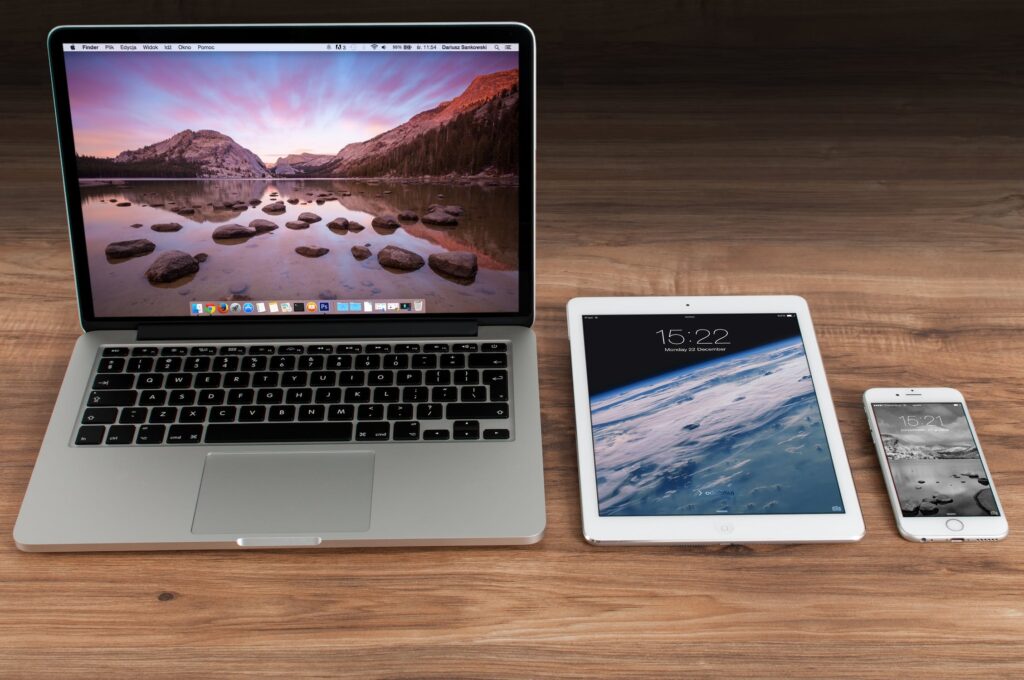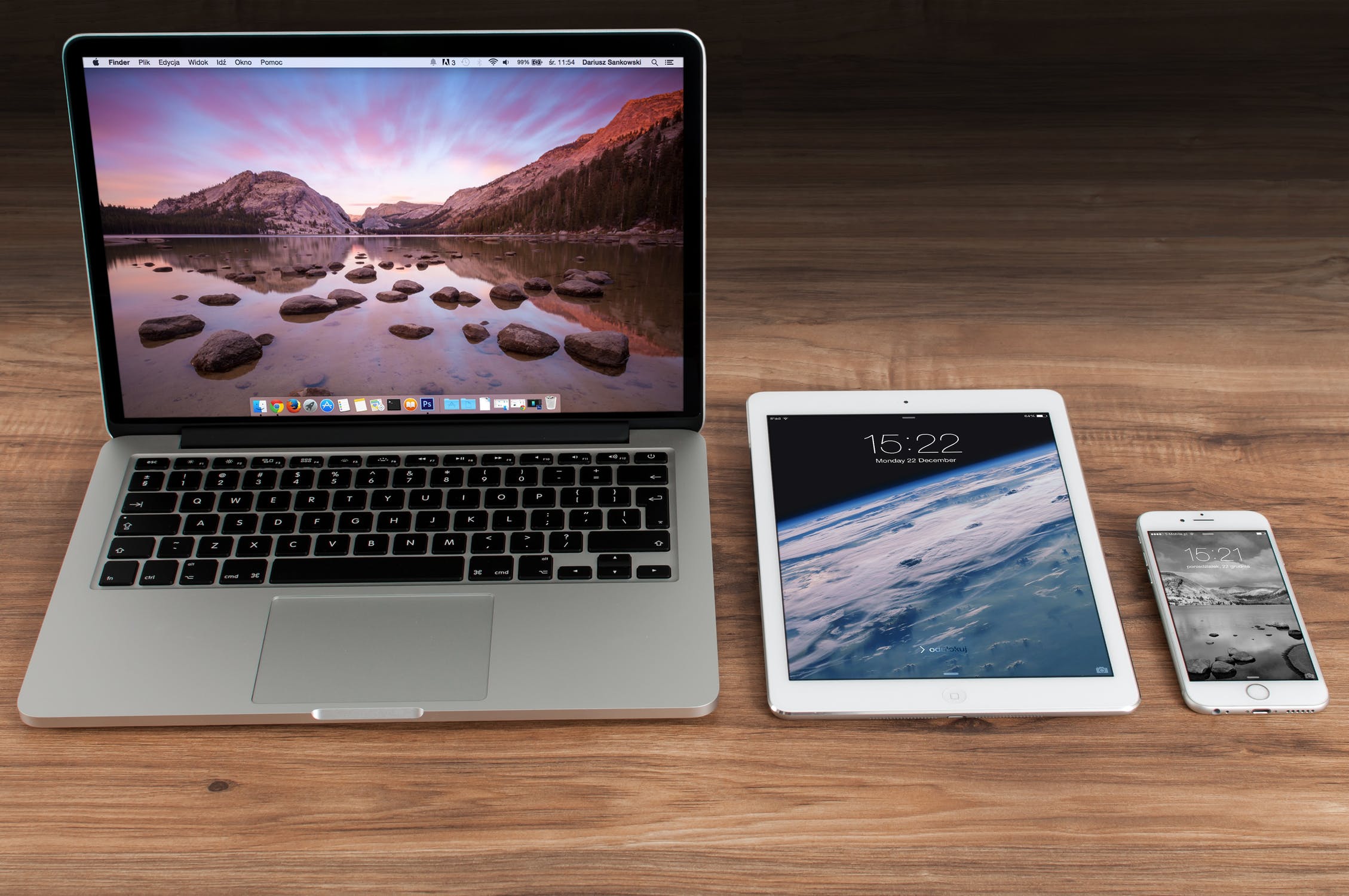Retina displays: email problems and solutions

In addition to all the different screen sizes, the constant evolution of mobile devices and computers presents another challenge for email marketing specialists: the high DPI resolution displays or also known as Retina displays. They have the power to enhance the experience of an email marketing campaign, but also the opposite. If we don't know how to properly implement images in email, they can offer subscribers a much poorer experience.
In this post we will look at how high-resolution DPI displays work and what that means for email marketing designers and marketers. After watching how to implement retina imagery in your own campaignsWe will conclude with some important considerations.
In the world of email marketing, retina displays are not a problem in and of themselves, but forgetting about them when designing an email is. If we do not optimize the images, subscribers who open the email from a device with a retina display will most likely not be able to see the images. will see the images blurred and out of focusespecially if they are diagrams. In fact here we can see an example of how an image that is optimised vs. one that is not:

As we said, the design of the email will be degraded and this situation can generate distrust in the brand. Now, how can we solve it?
Generally speaking, high resolution screens have twice as many pixels per inch than traditional screens. Therefore, if we want our images to look good on these screens, should be twice as big so that, when reduced in size for email, more pixels are available and displayed on retina displays. However, this technique is not without its drawbacks.
Considerations to take into account
As we increase the dimensions of an image, the file size also increases. This can cause the email to load slowly and detract from the user experience. If you need to implement a lot of retina images in your email, there are two techniques that can help:
- Use compression images
In this case the images would be saved in large dimensions, but set at very low quality. Most image editing programs allow you to set the quality at which images are saved. For example, you can adjust the quality of a JPEG with a simple slider.
To create a compression image, we must design the image at four times the desired size and save it in an extremely low quality setting. Although when we open the image at full size it does not look good, after reducing it to its intended size in the email, this problem will disappear. The low quality setting will ensure that the file size is kept to a minimum and images are loaded at optimum speed.
- Using programmes to compress images
We can also use software to further compress images after they have been saved. There are applications, many of them free of charge, for every operating system that allow you to process and compress images after they have been created: ImageOptim , JPEGmini , TinyPNG , Compressor.io , Kraken y Pied Piper.
Finally, we would like to emphasise the importance of test the campaigns and more in these cases. Sending tests to see how our email looks on different devices and screens is essential to discover possible errors and solutions.